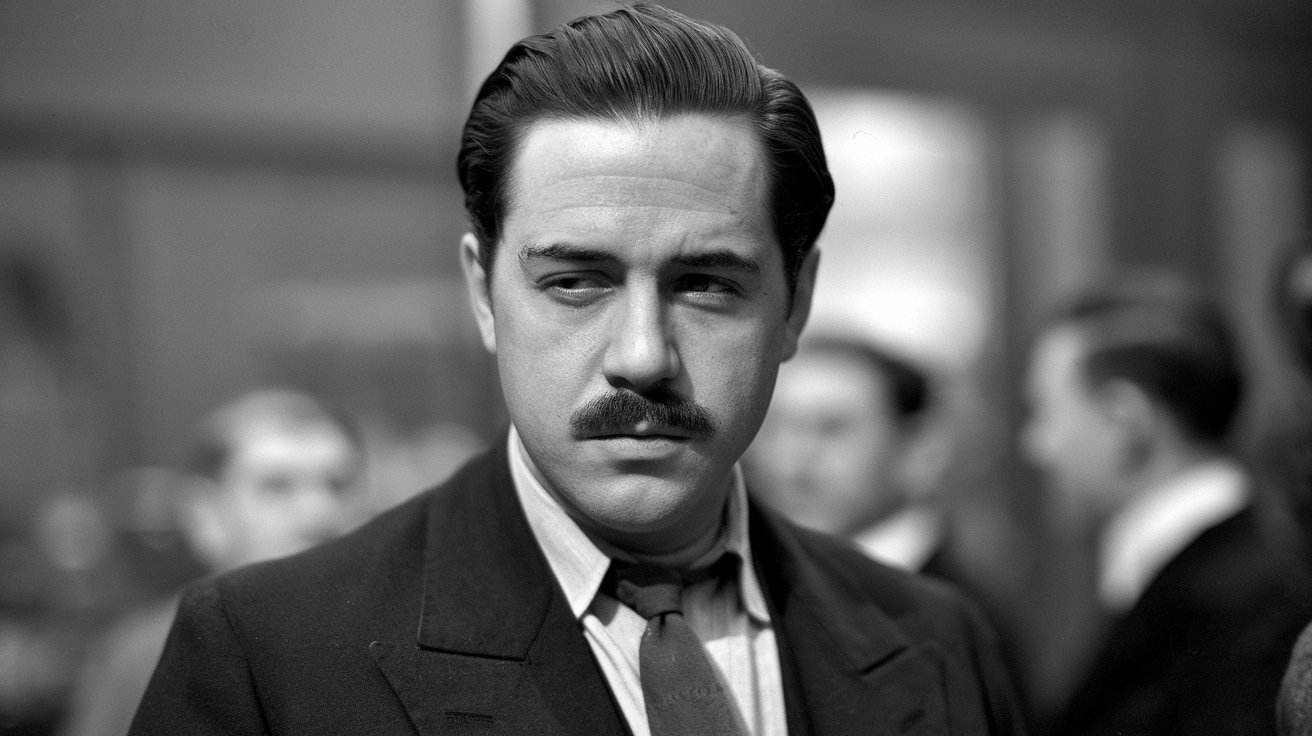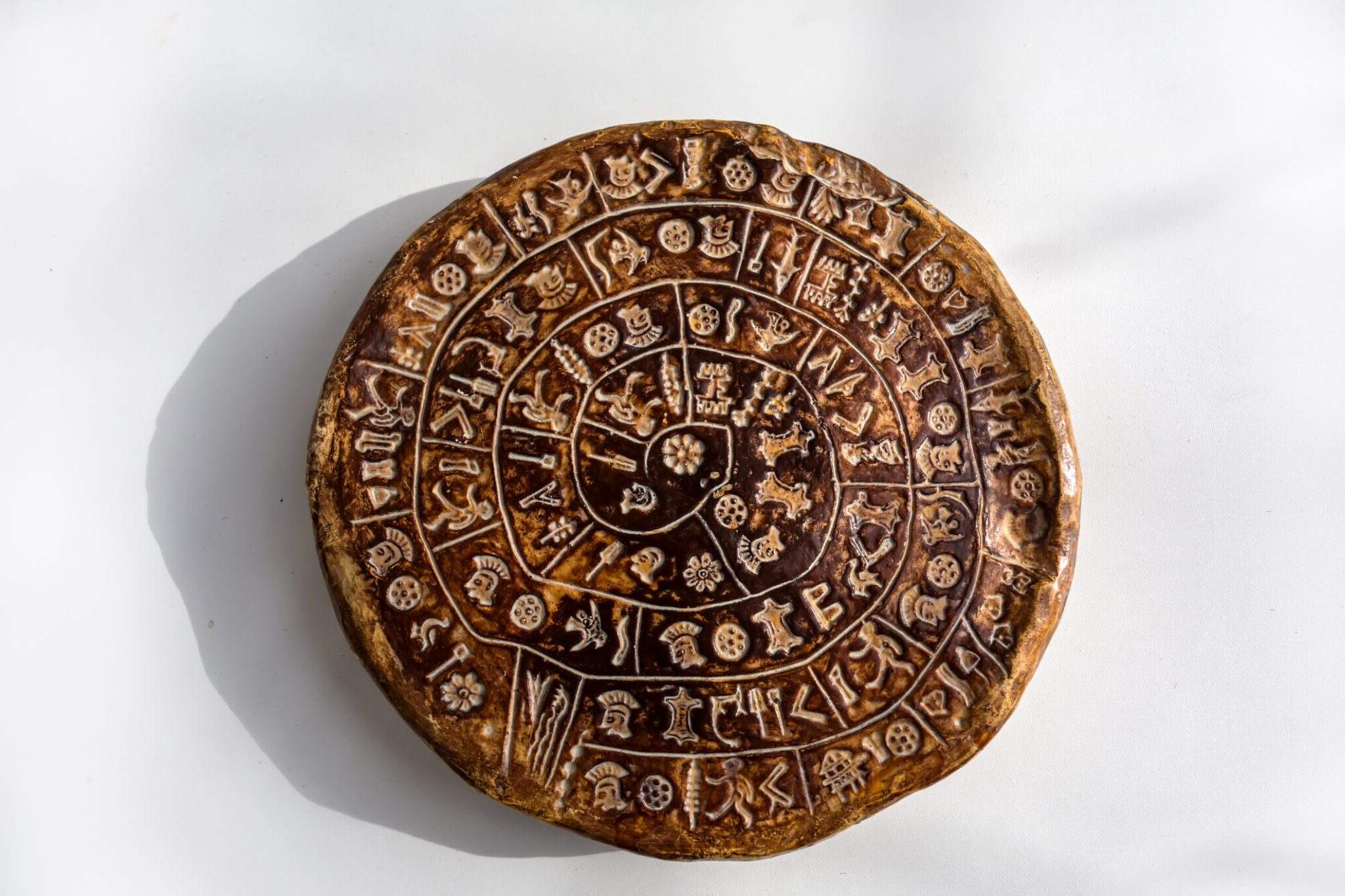
Who was Albert Anastasia? Albert Anastasia, born Umberto Anastasio on September 26, 1902, in Calabria, Italy, was one of the most feared and notorious figures in the history of organized crime. Known as "The Mad Hatter" and "Lord High Executioner," Anastasia's life was a whirlwind of violence, power, and intrigue. He illegally entered the United States in 1919, quickly rising through the ranks of the Mafia. His brutal methods and leadership of "Murder, Inc." made him infamous. Anastasia's story is filled with dramatic twists, from his early days as a longshoreman to his shocking assassination in a Manhattan barber chair in 1957.
Key Takeaways:
- Albert Anastasia's rise from a small Italian village to a feared mobster in America was marked by violence and ruthless tactics, shaping the American Mafia and leaving a lasting legacy in popular culture.
- Anastasia's brutal methods and swift rise to power within the Mafia earned him nicknames like "The Mad Hatter" and "Lord High Executioner," leaving a dark and brutal imprint on organized crime history.
Early Life and Immigration
Albert Anastasia's journey from a small Italian village to becoming one of the most feared mobsters in America is a tale of grit and violence.
-
Early Life: Born Umberto Anastasio on September 26, 1902, in Parghelia, Calabria, Italy, he was one of nine children. His father, Bartolomeo, was a railway worker who passed away after World War I.
-
Immigration: In 1919, Anastasia and his brothers Joseph, Anthony, and Gerardo illegally entered the United States by deserting a freighter in New York City.
Rise in the Underworld
Anastasia's early years in America were marked by crime and a rapid ascent in the Mafia ranks.
-
Early Career: The Anastasio brothers started as longshoremen on the Brooklyn waterfront, where organized crime was rampant.
-
First Murder: On March 17, 1921, Anastasia was convicted of murdering longshoreman George Turino. He was sentenced to death but later won a retrial.
-
Retrial and Name Change: During his retrial in 1922, he legally changed his surname from "Anastasio" to "Anastasia."
-
Conviction for Firearms: On June 6, 1923, he was convicted of illegal possession of a firearm and sentenced to two years in prison.
-
Murder Charges: In 1928, he was charged with a murder in Brooklyn, but witnesses either disappeared or refused to testify.
Climbing the Mafia Ladder
Anastasia's alliances and ruthless tactics helped him climb the Mafia hierarchy.
-
Rise in the Mafia: By the late 1920s, Anastasia had become a top leader of the International Longshoremen's Association (ILA), controlling six local chapters in Brooklyn.
-
Association with Notable Mobsters: He became close associates with future Cosa Nostra bosses Joe Adonis, Charles "Lucky" Luciano, Vito Genovese, and Frank Costello.
-
Murder, Inc.: In the late 1930s, Anastasia became the active head of "Murder, Inc.," a notorious murder-for-hire organization.
Key Assassinations and Power Struggles
Anastasia's involvement in high-profile murders solidified his fearsome reputation.
-
Assassination of Giuseppe Masseria: In 1931, Anastasia was one of the four men who assassinated Giuseppe "Joe the Boss" Masseria during the Castellammarese War.
-
Murder Charges and Acquittals: He was charged in three murders but never convicted due to lack of evidence or witness intimidation.
World War II and Post-War Era
Anastasia's life took a turn during World War II, but his criminal activities continued post-war.
-
World War II Service: During World War II, Anastasia joined the U.S. Army and trained longshoremen on the East Coast. He received U.S. citizenship for his service in 1943 and was honorably discharged in 1944.
-
Post-War Power Struggles: A dispute between Anastasia and Vincent Mangano erupted into open conflict in 1951, leading to Mangano's disappearance and his brother Philip's murder.
-
Alliance with Frank Costello: Anastasia allied with Frank Costello, the new leader of the Commission, but faced rebellion from Vito Genovese.
Downfall and Assassination
The power struggles within the Mafia eventually led to Anastasia's violent end.
-
Genovese's Rebellion: In 1957, Genovese moved against Costello, wounding him in a shooting and weakening his position.
-
Assassination of Albert Anastasia: On October 25, 1957, Anastasia was gunned down while sitting in a barber chair at the Park Sheraton Hotel in Manhattan. The assassins were never identified.
Personal Life and Business Ventures
Despite his criminal activities, Anastasia had a family and various business interests.
-
Personal Life: In 1937, Anastasia married Elsa Bargnesi. They had four children: two sons, Umberto and Richard, and two daughters, Joyana and Gloriana.
-
Business Ventures: He was involved in real estate and construction, owning a sprawling estate used as evidence in his tax evasion trial.
-
Tax Evasion Charges: Like Al Capone, Anastasia was charged with tax evasion. The government used a mockup and blueprints of his estate to incriminate him.
-
Government Targeting: In 1952, Anastasia was targeted for denaturalization due to lying in his naturalization application and other crimes.
Murder, Inc. Operations and Techniques
Anastasia's leadership of Murder, Inc. showcased his brutal methods.
-
Murder, Inc. Operations: As the head of Murder, Inc., Anastasia was responsible for numerous high-profile assassinations.
-
Assassination Techniques: Known for his cold-blooded nature, Anastasia used brutal methods to achieve his goals.
Influence and Legacy
Anastasia's impact on the Mafia and popular culture remains significant.
-
Rise to Power: His rise within the Mafia was swift and ruthless, earning him nicknames like "The Mad Hatter" and "Lord High Executioner."
-
Mafia Structure: Anastasia played a crucial role in shaping the Five Families of La Cosa Nostra and the Commission.
-
Conflict with Vito Genovese: The long-standing conflict with Genovese eventually led to Anastasia's downfall.
-
Carlo Gambino's Rise: After Anastasia's assassination, Carlo Gambino took control of the Gambino crime family.
-
Public Perception: His brutal murder in a barber chair shocked the public and became iconic in mob history.
-
Historical Significance: Anastasia's life and career significantly impacted the American Mafia and the broader criminal landscape of the 20th century.
-
Literary and Cultural References: Anastasia has been referenced in various literary and cultural works, including Frederick Forsyth's novel "The Day of the Jackal" and Harold Robbins' book "The Raiders."
-
Video Game Appearances: In the video game "Mafia II," Don Alberto Clemente is partially based on Anastasia.
-
Music References: Rapper Rick Ross titled his 2010 mixtape "The Albert Anastasia EP." Psychedelic rock group St John Green references him in the song "Shivers of Pleasure."
-
Historical Accuracy in Media: The TV series "MAS*H" references Anastasia's death, although anachronistically.
-
Legacy in Popular Culture: Anastasia's name has become synonymous with violence and ruthlessness in popular culture.
-
Enduring Influence: His story continues to captivate audiences, serving as a reminder of the dark and often brutal world of organized crime.
The End of an Era
Albert Anastasia's life was a whirlwind of crime, power, and violence. From his early days as a longshoreman to becoming the feared head of Murder, Inc., Anastasia left a bloody mark on the history of the American Mafia. His ruthless rise to power, involvement in high-profile murders, and eventual assassination in a barber chair are the stuff of legend. Anastasia's story isn't just about one man's ambition but also about the brutal world of organized crime in the mid-20th century. His legacy lives on in the tales of the Gambino crime family and the cultural references that continue to captivate audiences. Anastasia's life serves as a stark reminder of the dark and often violent path to power within the Mafia. His story is a testament to the lengths some will go to achieve and maintain control.
Frequently Asked Questions
Was this page helpful?
Our commitment to delivering trustworthy and engaging content is at the heart of what we do. Each fact on our site is contributed by real users like you, bringing a wealth of diverse insights and information. To ensure the highest standards of accuracy and reliability, our dedicated editors meticulously review each submission. This process guarantees that the facts we share are not only fascinating but also credible. Trust in our commitment to quality and authenticity as you explore and learn with us.


